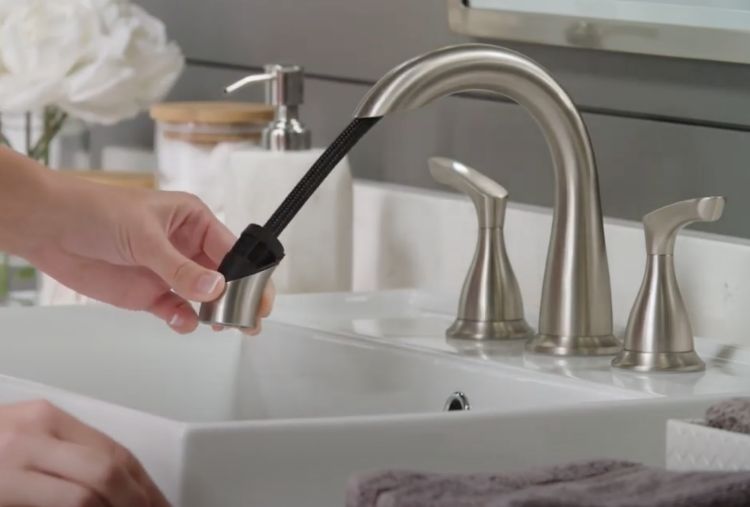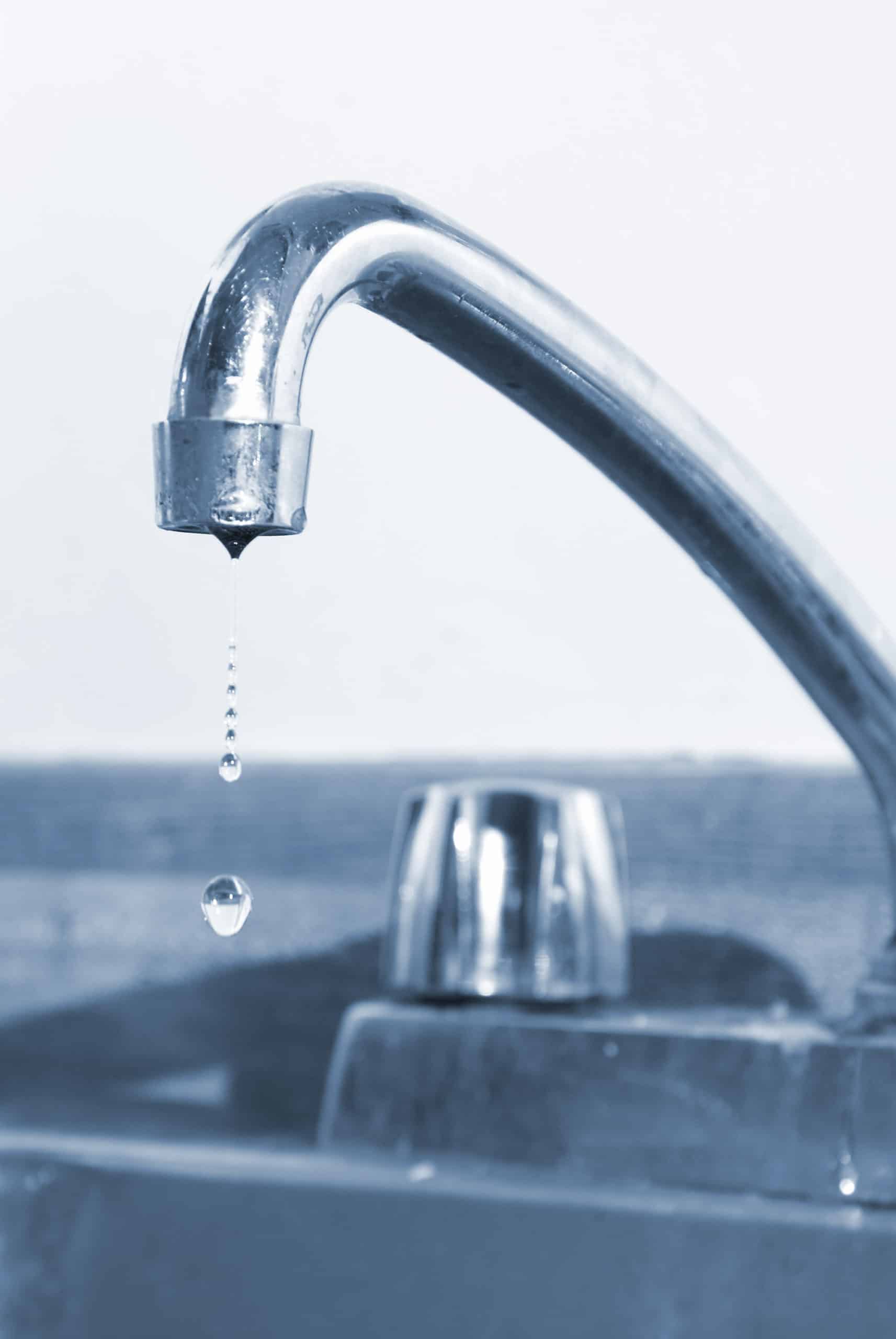Which It's Crucial to Resolve a Malfunctioning Faucet
Which It's Crucial to Resolve a Malfunctioning Faucet
Blog Article
Here further down you might get a bunch of high-quality insight around Why It's Important to Fix Leaky Faucets.

Trickling faucets may seem like a minor aggravation, however their influence goes beyond simply the annoyance of the noise. From wasting water to incurring unneeded financial prices and wellness threats, neglecting a trickling faucet can result in various consequences. In this short article, we'll look into why it's important to address this typical home issue without delay and successfully.
Wastefulness of Water
Ecological Effect
Trickling faucets add substantially to water wastage. According to the Epa (EPA), a single tap trickling at one drip per second can throw away greater than 3,000 gallons of water each year. This not only strains water sources however also influences communities and wildlife depending on them.
Step-by-Step Overview to Fixing a Dripping Tap
Tools Needed
Before trying to repair a leaking faucet, gather the needed devices, including an adjustable wrench, screwdrivers, substitute components (such as washers or cartridges), and plumber's tape.
Common Faucet Issues and Their Solutions
Identify the kind of tap and the specific issue triggering the drip. Usual troubles consist of worn-out washing machines, corroded valve seats, or defective O-rings. Describe producer directions or on-line tutorials for detailed guidance on repair services.
Financial Expenses
Boosted Water Bills
Past the environmental influence, trickling taps can pump up water expenses considerably. The accumulated wastefulness with time translates right into higher utility costs, which can have been avoided with timely fixings.
Possible Residential Property Damages
Furthermore, prolonged leaking can lead to damage to fixtures and surface areas bordering the tap. Water build-up can create discoloration, corrosion, and even structural concerns if left unattended, causing extra repair service prices.
Health Worries
Mold and Mold Development
The constant visibility of wetness from a dripping faucet creates an optimal setting for mold and mildew and mildew growth. These fungi not just compromise interior air high quality yet also pose health and wellness risks, specifically for individuals with respiratory system problems or allergic reactions.
Waterborne Conditions
Stationary water in dripping taps can come to be a breeding ground for germs and various other pathogens, raising the threat of waterborne diseases. Impurities such as Legionella germs grow in stagnant water, potentially bring about serious ailments when ingested or breathed in.
Do it yourself vs. Professional Repair service
Benefits and drawbacks of Do It Yourself Repair Service
While some might try to fix a dripping tap themselves, DIY repair services come with their very own collection of difficulties. Without correct understanding and devices, DIY efforts can worsen the issue or cause insufficient repairs, extending the problem.
Benefits of Employing a Professional Plumber
Employing a specialist plumber guarantees that the underlying reason for the leaking tap is dealt with efficiently. Plumbings have the experience and equipment to identify and fix faucet problems successfully, conserving time and minimizing the risk of more damages.
Ecological Responsibility
Individual Payment to Conservation
Taking duty for repairing dripping taps aligns with wider initiatives toward water conservation and environmental sustainability. Every individual's activities collectively make a substantial impact on protecting priceless resources.
Lasting Living Practices
By prioritizing timely repair work and adopting water-saving routines, individuals contribute to lasting living methods that benefit both present and future generations.
Preventive Measures
Routine Maintenance Tips
To prevent leaking taps, do routine upkeep such as cleansing aerators, inspecting for leakages, and changing worn-out parts immediately. Furthermore, think about installing water-saving tools or upgrading to much more efficient fixtures.
Value of Prompt Repairs
Addressing dripping faucets as soon as they're observed stops additional water waste and possible damage, eventually conserving both water and money in the long run.
Influence On Residential Or Commercial Property Value
Assumption of Well-Maintained Residential Or Commercial Property
Preserving a residential property in good condition, including addressing upkeep problems like trickling taps, enhances its regarded value and value among prospective purchasers or tenants.
Impact on Resale Worth
Residences with well-maintained plumbing fixtures, including faucets, command greater resale values in the real estate market. Attending to leaking faucets can add to a positive impression during building evaluations and arrangements.
Final thought
Attending to a trickling faucet surpasses simple benefit; it's a necessary action towards saving water, reducing financial costs, and safeguarding health and wellness and home. Whether through do it yourself repairs or expert assistance, acting to fix trickling taps is a small yet impactful means to promote liable stewardship of sources and add to a healthier, much more lasting future.
How to Fix a Leaky Faucet: Step-by-Step Repair Guide
A leaky faucet may seem like a simple annoyance, but if it's not fixed promptly, that leak could cost hundreds to potentially thousands. From water damage to mold, mildew, and high water bills, even a tiny leak can be catastrophic if left unattended. Damage like this can even affect the overall value of your home, so it's important to take the right approach for leaky faucet repair. You may need the help of a plumber in some cases, but we've got a few tips you can try on how to fix a leaky faucet before calling the pros.
Four Faucet Types
When you're learning how to fix a leaky faucet, the first step is knowing what kind of faucet you're working with! There are four common types.
Cartridge Faucets
Cartridge faucets come in one- or two-handled varieties. In one-handled cartridge faucets, hot and cold water combines in a single cartridge. In the two-handled versions, hot and cold water are controlled separately and mixed in the faucet.
Ball Faucets
Ball faucets have a single lever you push up and down to adjust the pressure and rotate to change the temperature. A slotted metal ball controls the amount of water allowed into the spout.
Compression Washer Faucets
They're the oldest type of faucet, but they're still used in many homes — especially older ones. Compression faucets have two separate handles that, when turned, raise or lower the washer that seals a water valve. This valve stops water from flowing through the faucet when it is turned off.
Disc Faucets
Disc faucets rarely need to be repaired due to their maintenance-free design. The water flow is controlled by two discs — the upper one raises and lowers against a fixed lower disc, creating a watertight seal. If your disc faucet starts leaking, you may need to replace the seals or clean residue buildup from the inlets.
Fixing a Leaky Faucet
Step 1: Turn Off the Water
Whether you're learning how to fix a leaky bathtub faucet or how to fix a leaky kitchen faucet, always turn off the water supply to your working area when you're fixing a leak. The last thing you want is a flood added to your list of things to fix.
Look for the shutoff valves below your sink or around the tub and turn them clockwise to stop the water flow. If your faucet doesn't have shutoff valves, you may need to turn off the water for the whole house. Check to make sure it's off by turning the faucet on. If nothing comes out, you're ready to start the repair.
Step 2: Take Apart the Faucet
How you disassemble your faucet depends on the type of fixture you have. You can use a flathead screwdriver to remove the caps on top of the handle or handles for cartridge and compression faucets. Inside, you should see handle screws. Unscrew these with a screwdriver to remove the handle.
Disc- and ball-style faucets will typically have an inlet screw near the handle, and removing that will reveal the interior of the faucet.
Detach the Valve Stem
For cartridge- and compression-style faucets, you'll see the inner valve stem or cartridge once you remove the faucet handles. If you have a compression faucet, unscrew the brass valve stem. If you have a cartridge faucet, pull out the cartridge. If your cartridge has been in place for a while, it may require some tools or extra force to remove it due to mineral deposits.
Examine and Replace Parts
Once you've removed the parts, check them out to confirm what needs to be replaced. You may see corroded rubber washers, O-rings, stems, or cartridges. On a ball-style faucet, check the seats and springs for damage.
If you need to repair a leaky disc faucet, check the inlet and seals on the lower disc.
Once you determine what parts must be replaced, visit your local hardware store. Bring the damaged parts with you to ensure you can purchase the correct components to replace them.
Clean Valves and Faucet Cavity
If you've removed a stem or cartridge, you may notice mineral buildup in the faucet's threads. Use white vinegar to clean the valve seat by soaking it for a few minutes, then scrub it away with a soft toothbrush and rinse with warm water. You can also clean the interior of the faucet in the same way.
Reassemble the Faucet
Once your faucet is cleaned and the required parts have been replaced, it's time to reassemble it. Put the pieces back together and slowly turn the water supply back on. Doing this slowly is crucial because too much initial water pressure can damage the new hardware you've just installed.
https://homewarranty.firstam.com/blog/how-to-fix-leaky-faucet

As a serious reader about 4 Common Reasons for a Leaky Faucet, I figured sharing that excerpt was sensible. For those who liked our blog posting kindly make sure you remember to share it. Thank you so much for going through it.
Report this page